Motorola Edge 30 Ultra review: a genuine Galaxy S22 alternative
The first ever 200-megapixel camera phone is also a powerful flagship-grade handset that's a surprising success
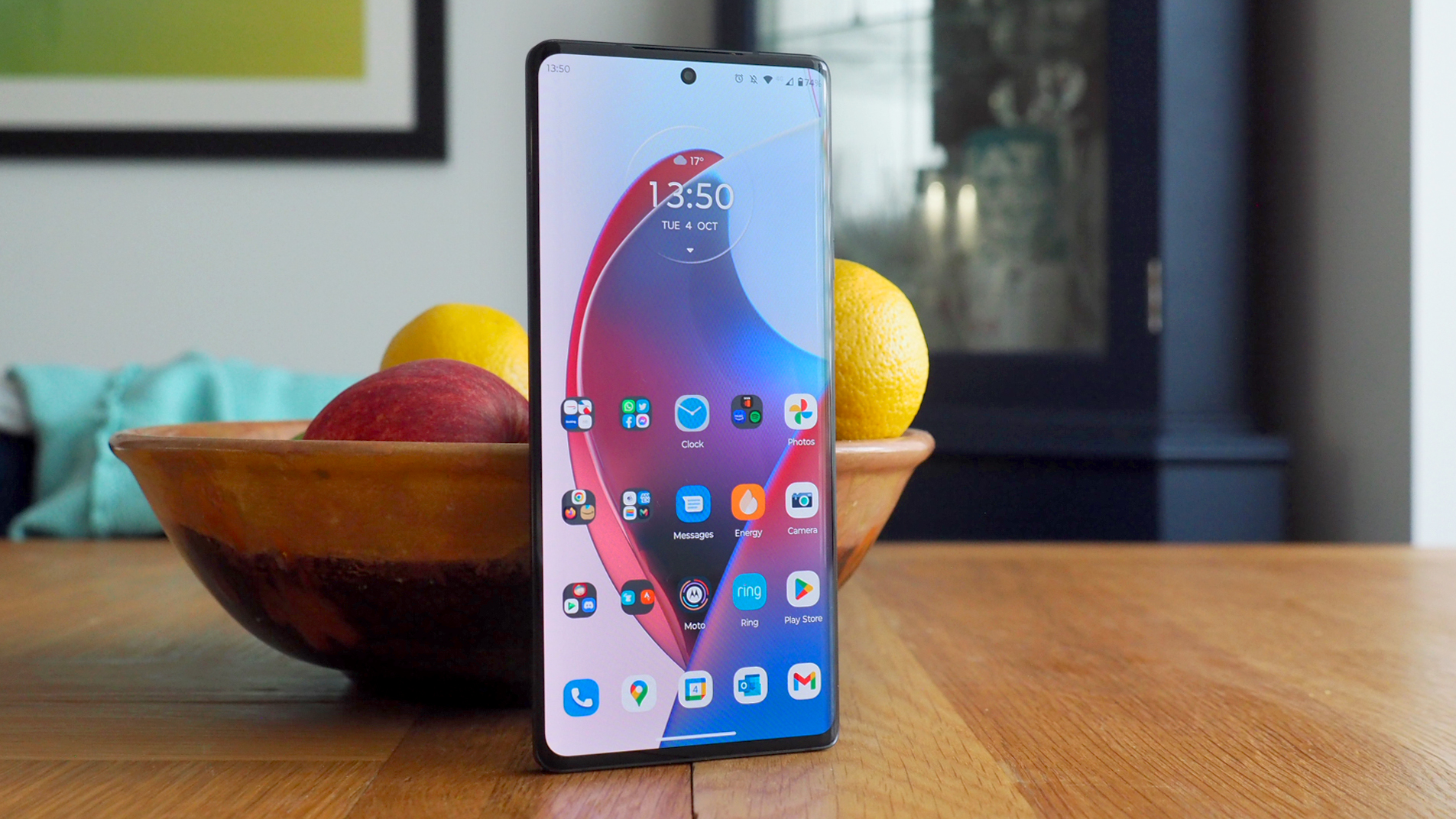
I've found using Motorola's Edge 30 Ultra to be a general joy from start to finish, thanks to a generally great main camera (focus issues ignored anyway), stacks of power on tap, and a curve-edge screen that, while it won't be for everyone, does give the device added visual flair. It'll make for a solid Samsung Galaxy S22 alternative for many given the very fair asking price.
-
+
Fast charging at 120W is speedy
-
+
Main camera is generally impressive
-
+
Attractive 6.7-inch display with subtle curve
-
+
Powerful processor makes everything run a breeze
-
-
Battery life isn't great per charge
-
-
Not everyone will want a curved-edge screen
-
-
Camera can easily misfocus with close-up shots
-
-
Some unexpected software hangs (unusual for Moto)
Why you can trust T3
The Motorola Edge 30 Ultra was the first ever 200-megapixel camera phone announced in the West (the Chinese version, under a different name, beat the company to its own game). Despite this headline-grabbing feature, however, that isn't the sole thing that's impressive about this handset: it's powerful, it's affordable, it's the flagship underdog that nobody was really expecting and a contender for the best phones of 2022.
I've been using the Edge 30 Ultra over a four-week period as my own handset as I type this. Various product launches (hi there iPhone 14) and some vacation time have 'got in the way' of my typing this actual review, but I'm glad I've been able to live with the device for a good chunk of time it's given me an extended lived-with experience in using this phone.
Overall, without spoiling absolutely everything up front, the Motorola Edge 30 Ultra is a surprise success too. There are some foibles that hold it back from perfection, sure, but if you're looking for something that's larger-scale than a Samsung Galaxy S22, or don't much fancy a OnePlus 10 Pro, then Motorola has a real winner on its hands, as I'll delve into in this full review...
Motorola Edge 30 Ultra: Price and availability

With so many handsets hitting the shelves at near to or over the £1,000 mark these days, it's good to see Motorola a considerable sum beneath that ceiling. The Edge 30 Ultra's £749 asking price in the UK is very reasonable considering everything that features.
The handset is available now – and not to be confused with its Edge 30 Fusion and Edge 30 Neo cousins, which I compare in this feature – but you're only going to find it outside of the USA. That's right, Motorola thinks this handset is a bit too high-end for that market, so Americans don't get the pleasure of the Ultra.
Moto Edge 30 Ultra review: Design & Display
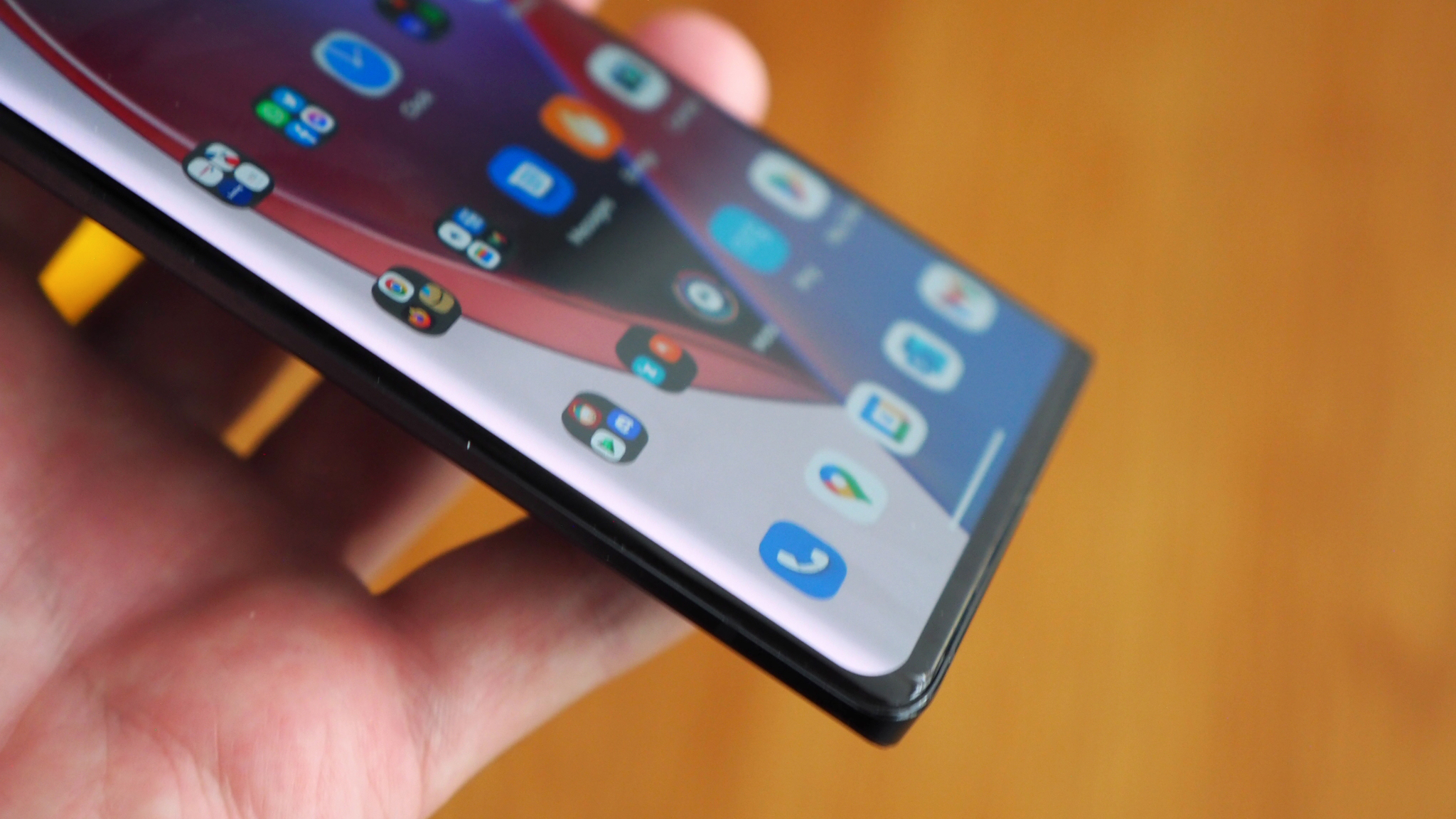
When Motorola launched its first Edge smartphone back in the middle of 2020, I always thought the whole idea behind the name was to do with its curve-edge screen. The follow-up handset rubbished that idea, though. But for the Edge 30 Ultra the curve screen is back, pride of place, which gives the handset a striking look.
Sure, not everyone is going to love a screen with curved edges. It can heighten the likelihood of accidental touches, and the contrast fall-off to the screen's edges is also more pronounced than you'll find with a flat screen. Not that I've found either of those things to be a major burden with the Edge 30 Ultra.
If anything I prefer having a screen with curved glass. It doesn't only look better, it feels much better too. That's because you'll get the impression of the handset being a lot slimmer than it actually is, not that the Ultra's 8.4mm thickness is anything to cry about.
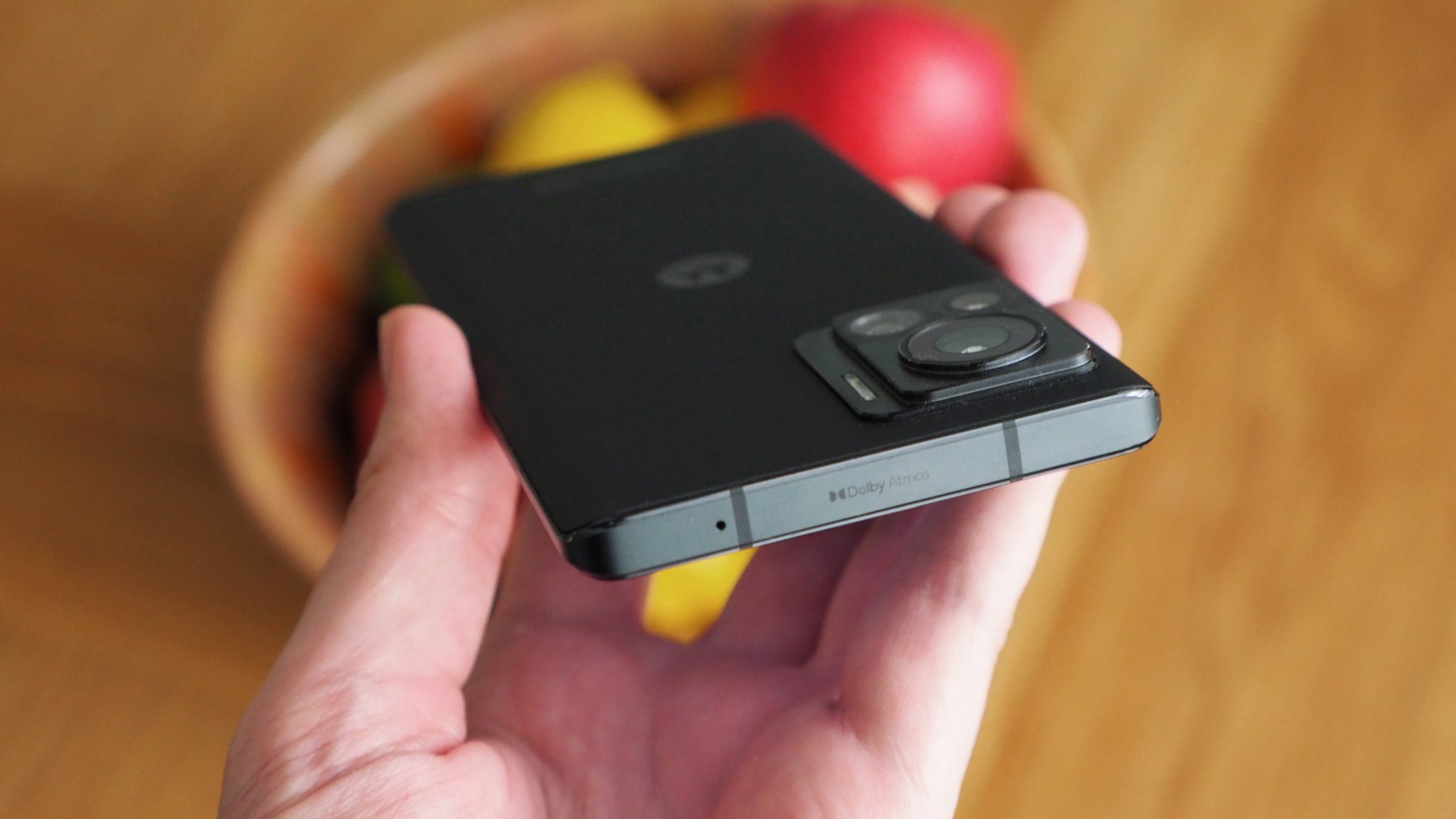
Front-on the Motorola is typical of a 2022 flagship: like an elongated bar of soap in its scale (but less slippery thanks to its slightly tactile rear finish), the 6.67-inch display spread across a 20:9 aspect ratio is very familiar territory indeed. What's less common, however, is the addition of a 144Hz fast refresh rate and HDR10+ high dynamic range.
In short: the Motorola Edge 30 Ultra's display punches well above its asking price really, delivering ultra colourful and ultra bright images that are silky smooth thanks to that refresh rate. The central punch-hole camera isn't the most intricate looking, but otherwise I've little to complain about regarding this display.
The photographs I've taken for this review show-off the handset in Interstellar Black, which is a sort-of charcoal like finish. It resists fingerprints, as the glass rear is coated in some otherworldly finish (Interstellar makes sense, eh?) that only gives way to visual 'motorola' and batwing 'M' symbols. Even the camera unit, despite its 200MP headliner, isn't obscene in the way it protrudes, unlike some of the competition.
Moto Edge 30 Ultra review: Performance & Battery
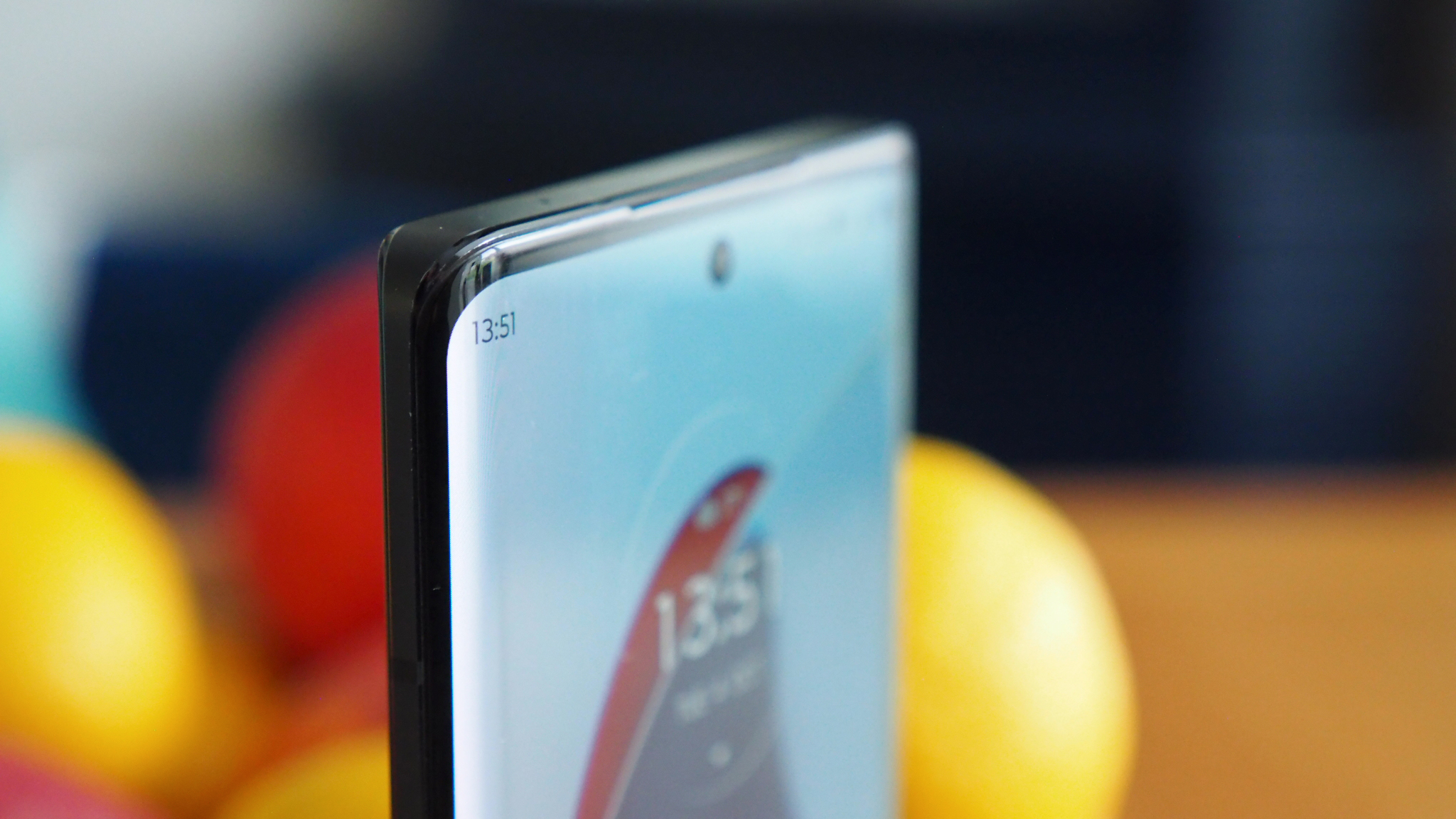
Motorola isn't mucking about when it comes to the power available either: the Edge 30 Ultra features Qualcomm's Snapdragon 8+ Gen 1 processor, which is the one-up processor beyond the original 8 Gen 1 flagship which first arrived at the beginning of 2022. There is no more powerful Qualcomm chipset for mobile phones, which tells you everything you need to know.
However, having so much power on tap, while certainly the reason of enabling features such as 144Hz to be so easily handled, can cause rise to some heat. I'm not talking dramatic overheating, per se, just that I've felt the Edge 30 Ultra get warm after more extended screen sessions, not necessarily just gaming.
It's that kind of heat dissipation that will see the battery life drop quicker than you may expect, which I've found to be one of this Motorola's weaknesses. Use it lightly and you will get a solid 16-or-so hours of use, but with some more intensive intervention I've found the handset to be limping to the finish line come the end of the day.
The 4,610mAh cell on board could be part of the reason why: I'm more used to seeing 5,000mAh cells aboard such devices. Nonetheless, it's not a bad performance, it's just not best in class.

What is up there among the best, however, is the fast-charging technology on board here. It's 120W, which is close to the quickest currently available, the correct charger is included in the box (that's a rarity, so kudos to Motorola for that). You can charge it from flat to full in about 15 minutes. Yes, quarter of an hour. Which, frankly, is pretty ridiculous – but it's a feature I love, as I've often just not charged the phone at night and then done so in the morning instead. It adds real versatility to use and compensates for the so-so battery life greatly.
In terms of software I've always been impressed with Motorola's take: the brand uses more-or-less stock Google Android, with its little Moto app available to add certain display/action features, and is altogether unobtrusive to functionality. Here, however, there's a floating Moto app that can sometimes be a nuisance. And, highly unusually for this software, I've fallen foul of a few screen black-outs and hangs that did surprise me. It's more robust software then you'll find in many a Chinese phone competitor, such as the Xiaomi 12, for example, but it's not quite Google Pixel 6A stable.
Moto Edge 30 Ultra review: Cameras
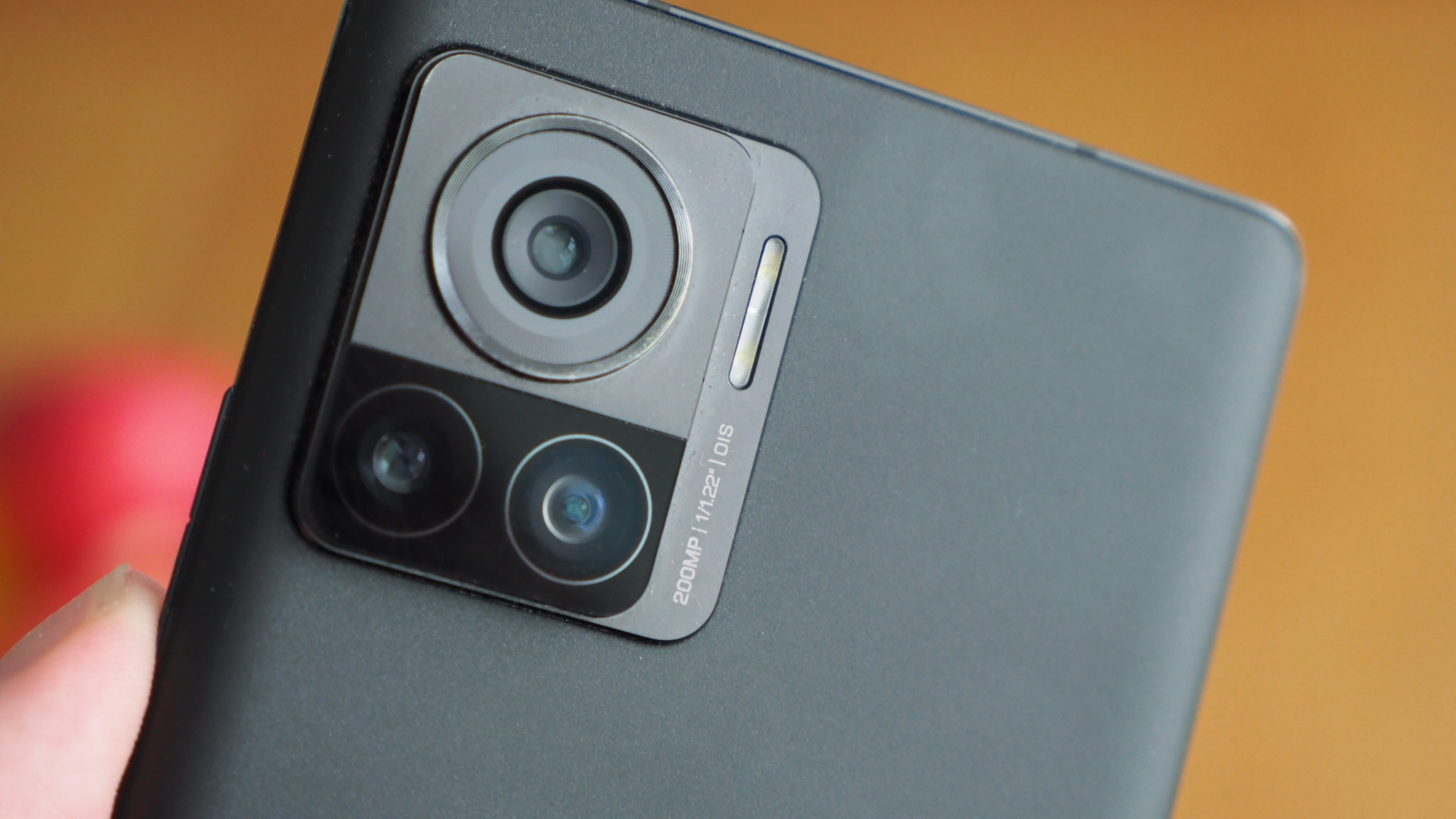
Onto what's clearly one of the Edge 30 Ultra's most prominent features: its cameras. As you can see from the shot above, there are three lenses in total, comprising the 200-megapixel main, 50MP wide-angle, and a 12MP zoom. That's a good spread, avoiding unwarranted lenses that wouldn't add any true worth (such as a macro or black-and-white sensor, as seen in some competitors).
Those lenses are kitted out more thoroughly than just with the sensors' resolutions, too, with the main lens featuring optical image stabilisation (OIS), the zoom offering a 2x optical equivalent, and all featuring wide enough apertures to let lots of light in and take the pressure off in low-light conditions.
When it comes to the main sensor I've been generally impressed with the results, shooting in all manner of conditions. Whether in low-light or bright daylight the results are nicely balanced, HDR automatically kicks in when it's needed, and despite the occasional colour palette aberration, everything looks as it should.





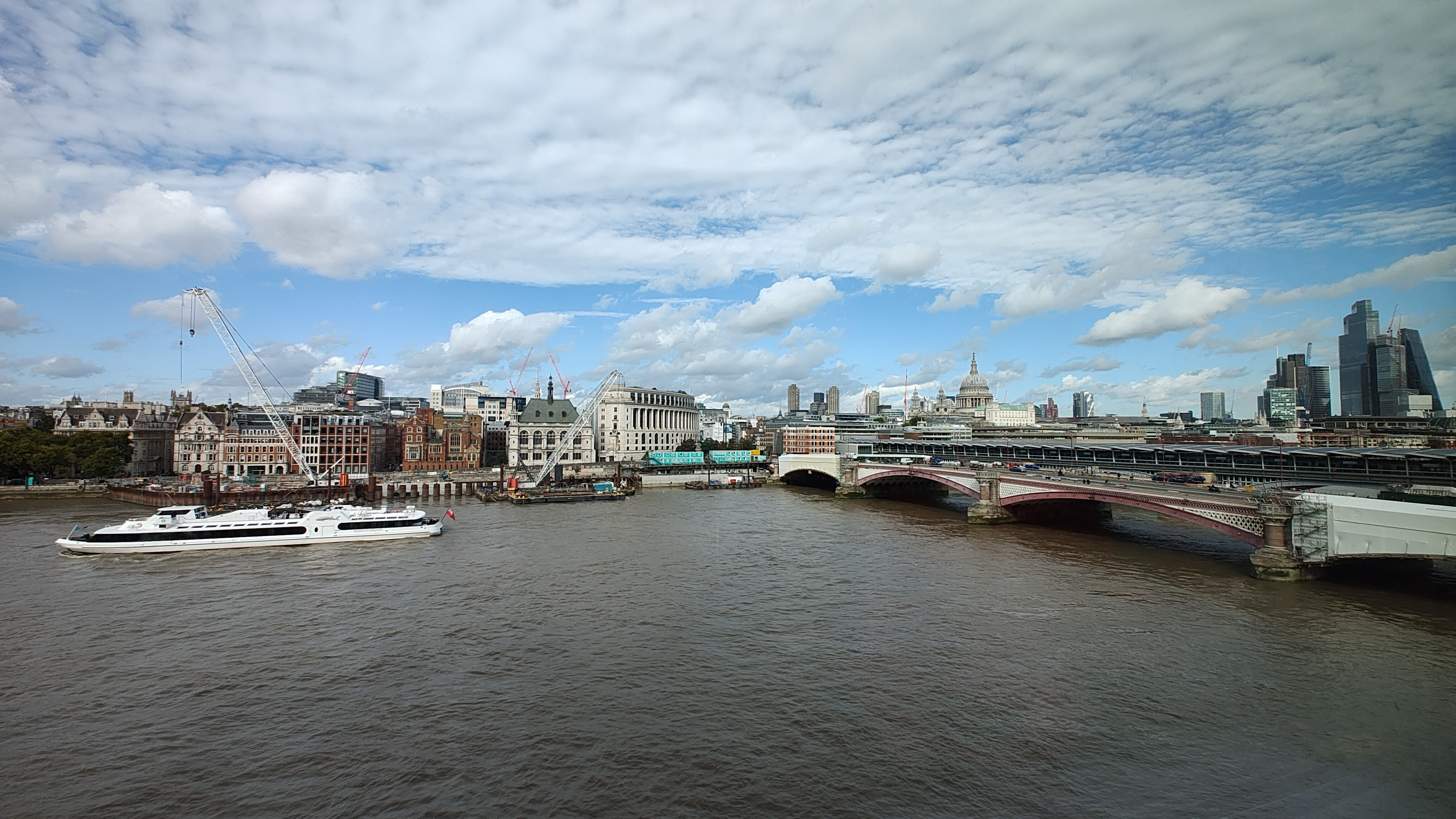


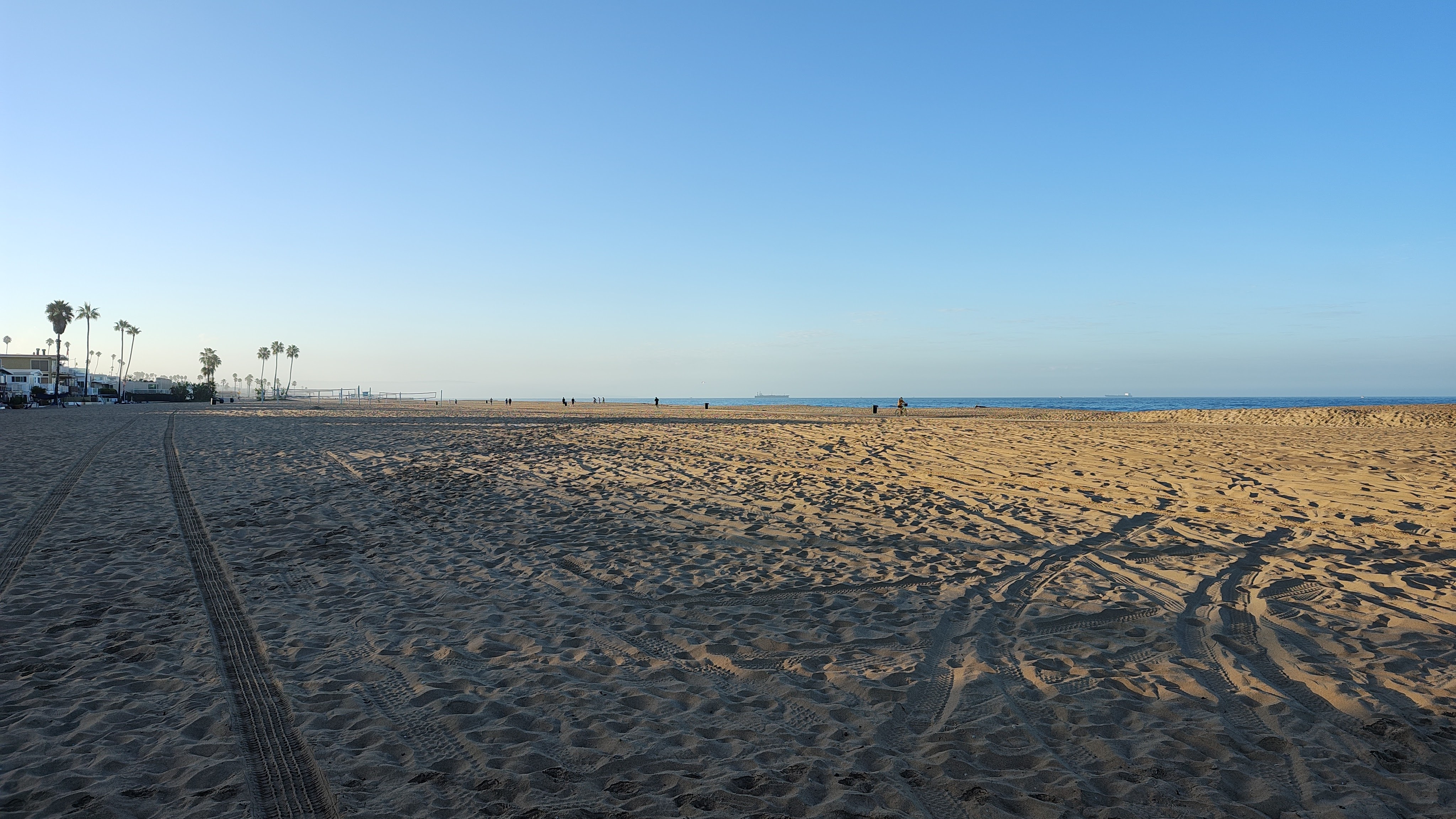



As you can see in the extensive gallery of images above, even images shot at night-time still deliver rich blacks without much image noise to speak of. Which is great going. Note that the results use 12 pixels in one to output a 12-megapixel standard image size, rather than 200MP, as the latter would be so huge it'd rarely be of genuine use to many people.
The wide-angle lens isn't quite as accomplished, mainly when I've come to shoot in low-light and found the more limited aperture (f/2.2) and lack of optical stabilisation could result in the slightest of blur here and there. Or maybe it's just my lack of steady hands. Saying that, however, the results are much better than a typical low-res sensor that you'll find in many competitors, showing Motorola has thought through the full package.
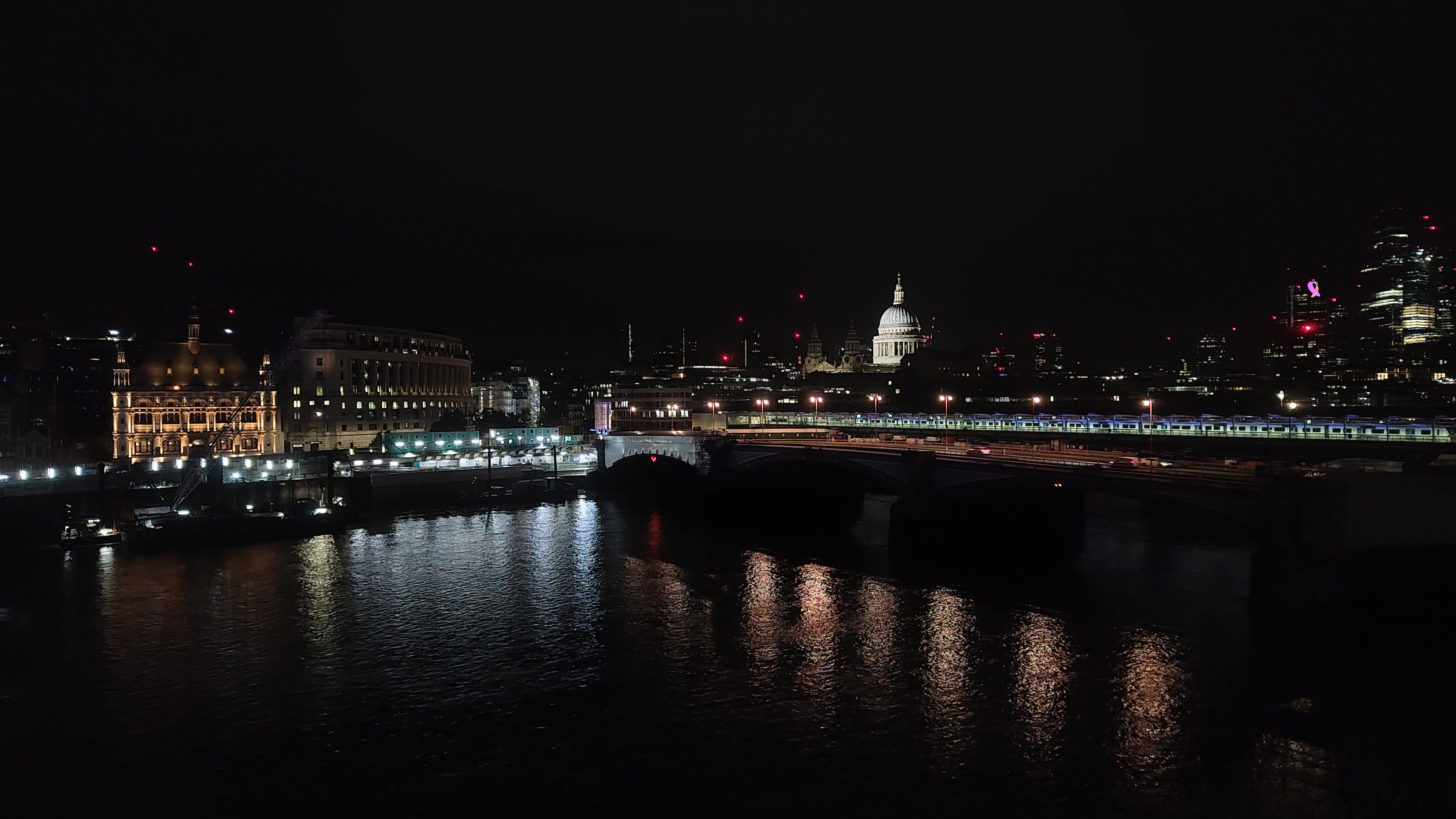



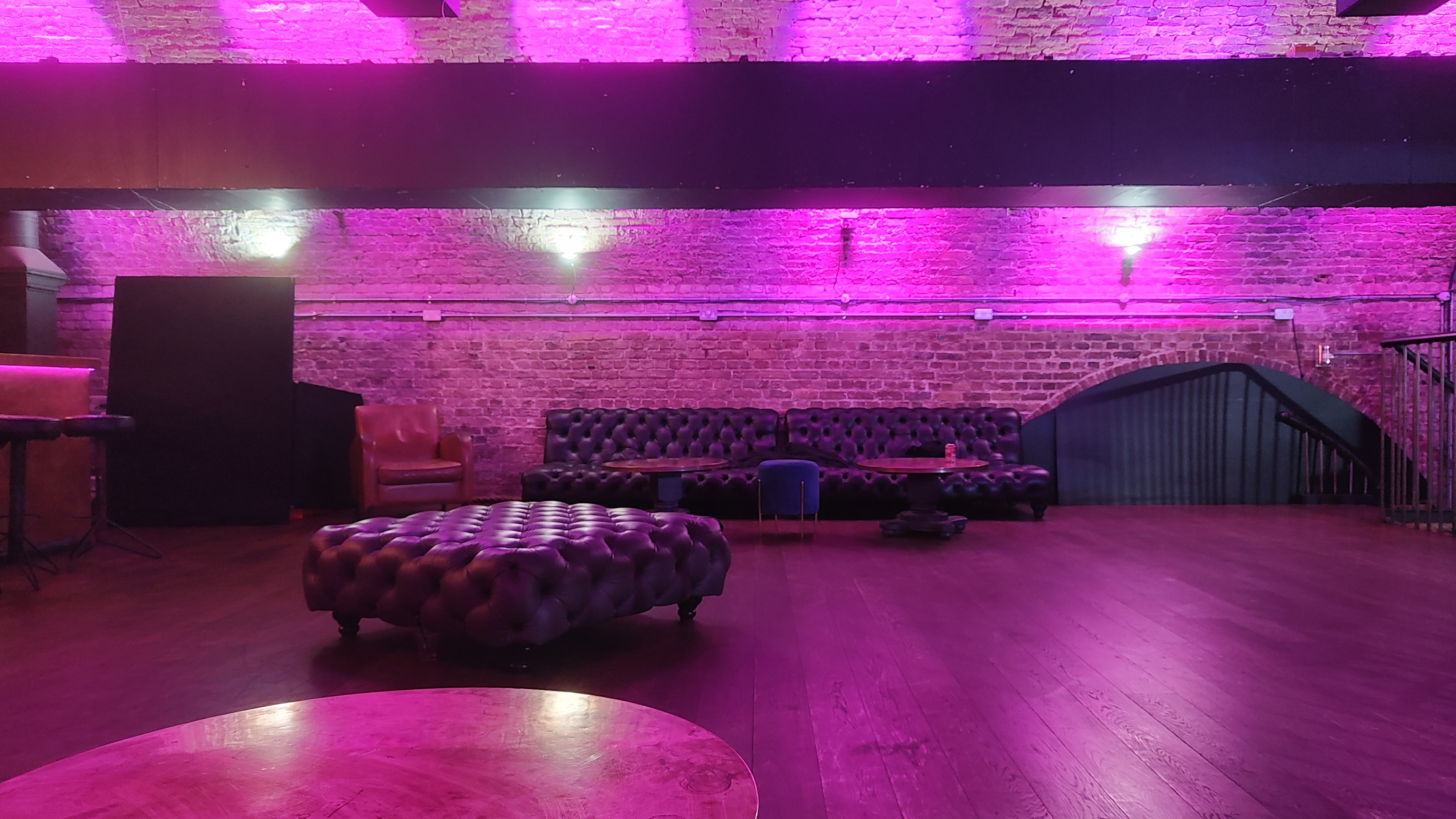
The zoom lens, meanwhile, is only a 2x optical zoom, so it's not that significant a reach. I'd rather have a 3x really, but that would add additional physical scale to the camera unit and likely raise the price of the handset overall too. As it stands the 2x's results are fine, handy to use if you want to jump in as if that bit closer. The results are the weakest of the lot and I've found the colours more oversaturated, but it's still a useful lens to have in the arsenal here.
In general the camera app is a largely point-and-shoot affair, which makes it nice and easy to use. The biggest gripe I have found is the autofocus can sometimes slip-up and refuse to focus on closer-to-lens subjects. I'm not talking unusually close to subject either, but a software update could help out this irksome behaviour.
However, when you can get close-up shots to focus there is a rather nice depth-of-field result from the main lens, whether or not you use the Portrait option, that can provide melty edges for out-of-focus areas.
Motorola Edge 30 Ultra review: Verdict
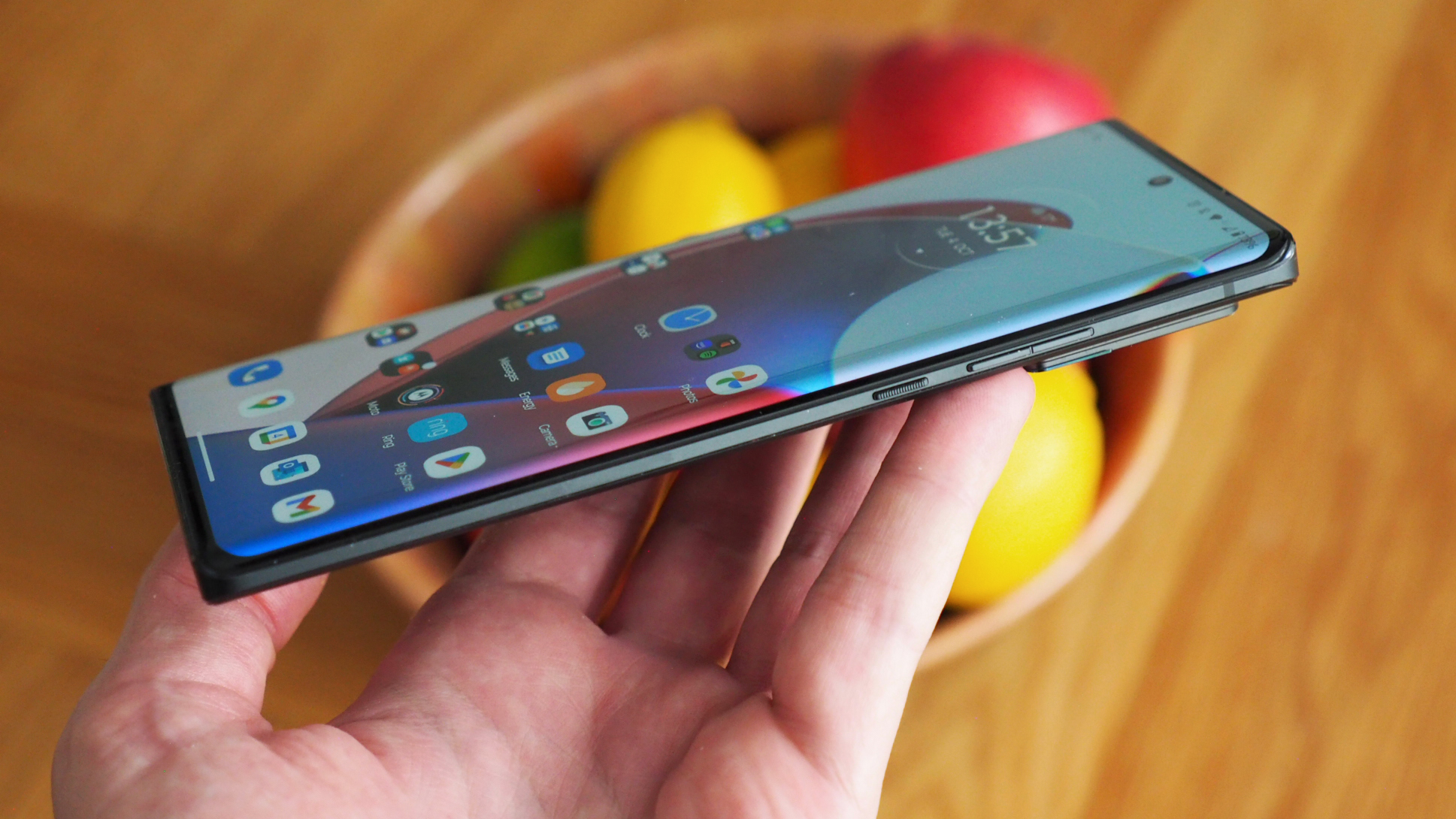
I've found using Motorola's Edge 30 Ultra to be a general joy from start to finish, thanks to a generally great main camera (focus issues ignored anyway), stacks of power on tap, and a curve-edge screen that, while it won't be for everyone, does give the device added visual flair.
However, the battery life is so-so – but if you're near to a plug that's inconsequential as the 120W charging is blisteringly fast (and a plug is included in the box, yay) – the software is generally smooth – I have fallen foul of some unexpected oddities though – and, as said, that curve-edge screen won't suit all users' wants.
Overall, if you're looking for a larger-scale Samsung Galaxy S22 alternative, or want a more Google Pixel-like software experience than you'll find from a OnePlus 10 Pro, then Motorola's very fairly priced flagship has really found its feet a couple of years into this product line's existence. That it won't be found in the USA may suggest a lack of confidence in that market, but what will be missed Stateside we get to thoroughly enjoy on these shores.
Also consider
I'm basing these alternatives exclusively on price, really, as if £750 is your budget then you won't want to go and blow that. If you want a small but reliable phone then Samsung's Galaxy S22 is an ideal choice and should be available for even less (check the widget below). If you love OnePlus' design then its 10 Pro is a great option too. Or if you want to save even more cash then I'd strongly suggest the Google Pixel 6A as a viable option.
Sign up to the T3 newsletter for smarter living straight to your inbox
Get all the latest news, reviews, deals and buying guides on gorgeous tech, home and active products from the T3 experts

Mike is T3's Tech Editor. He's been writing about consumer technology for 15 years and his beat covers phones – of which he's seen hundreds of handsets over the years – laptops, gaming, TV & audio, and more. There's little consumer tech he's not had a hand at trying, and with extensive commissioning and editing experience, he knows the industry inside out. As the former Reviews Editor at Pocket-lint for 10 years where he furthered his knowledge and expertise, whilst writing about literally thousands of products, he's also provided work for publications such as Wired, The Guardian, Metro, and more.
-
 Leaked AirPods prototype looks like Nothing... literally
Leaked AirPods prototype looks like Nothing... literallyAnd we are here for them
By Britta O'Boyle Published
-
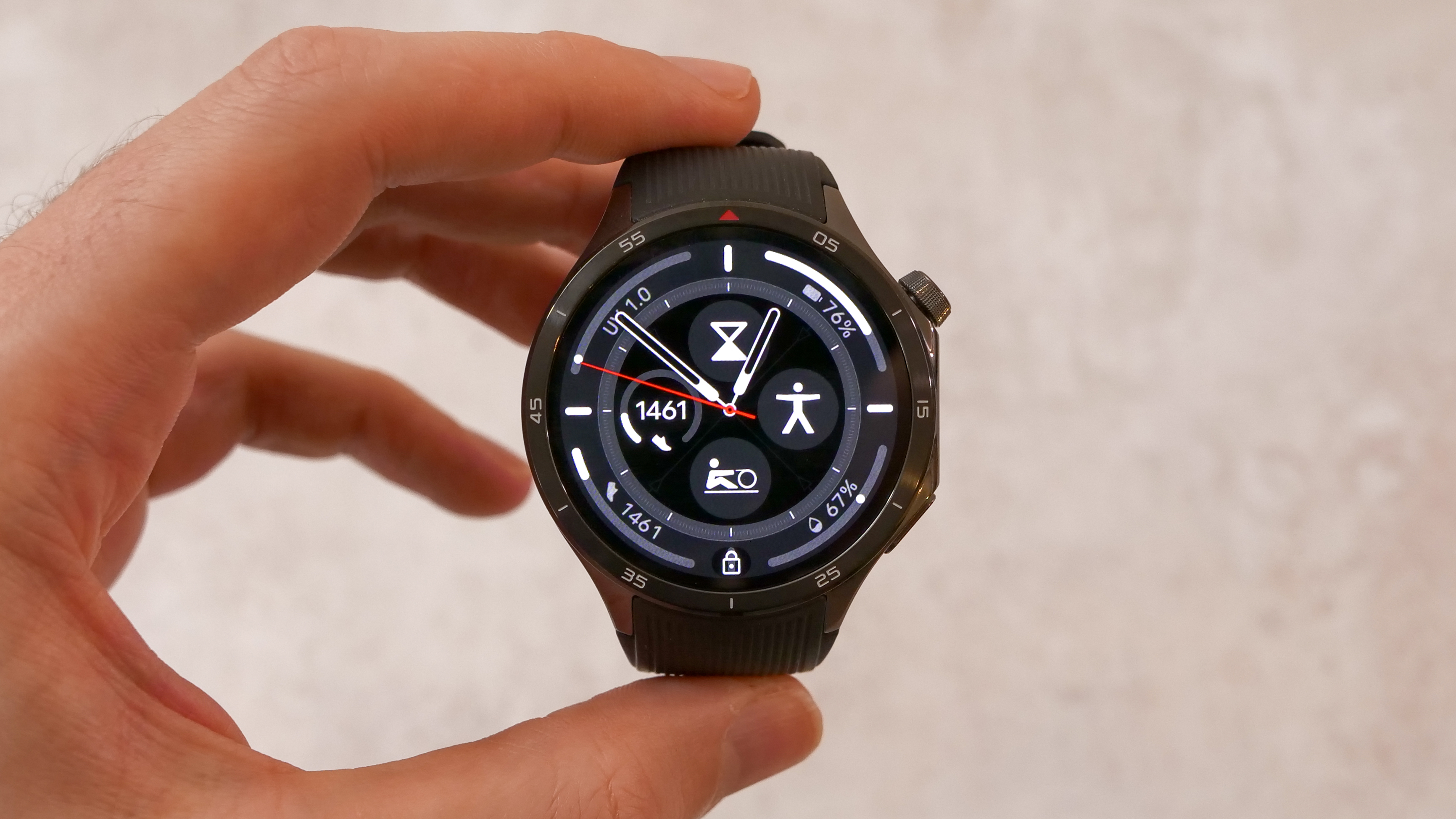 OnePlus Watch 3 lands in the UK with a flurry of freebies and a huge discount
OnePlus Watch 3 lands in the UK with a flurry of freebies and a huge discountThe new titanium-clad smartwatch brings 120-hour battery life, ECG health checks, and some serious launch offers
By Matt Kollat Published
-
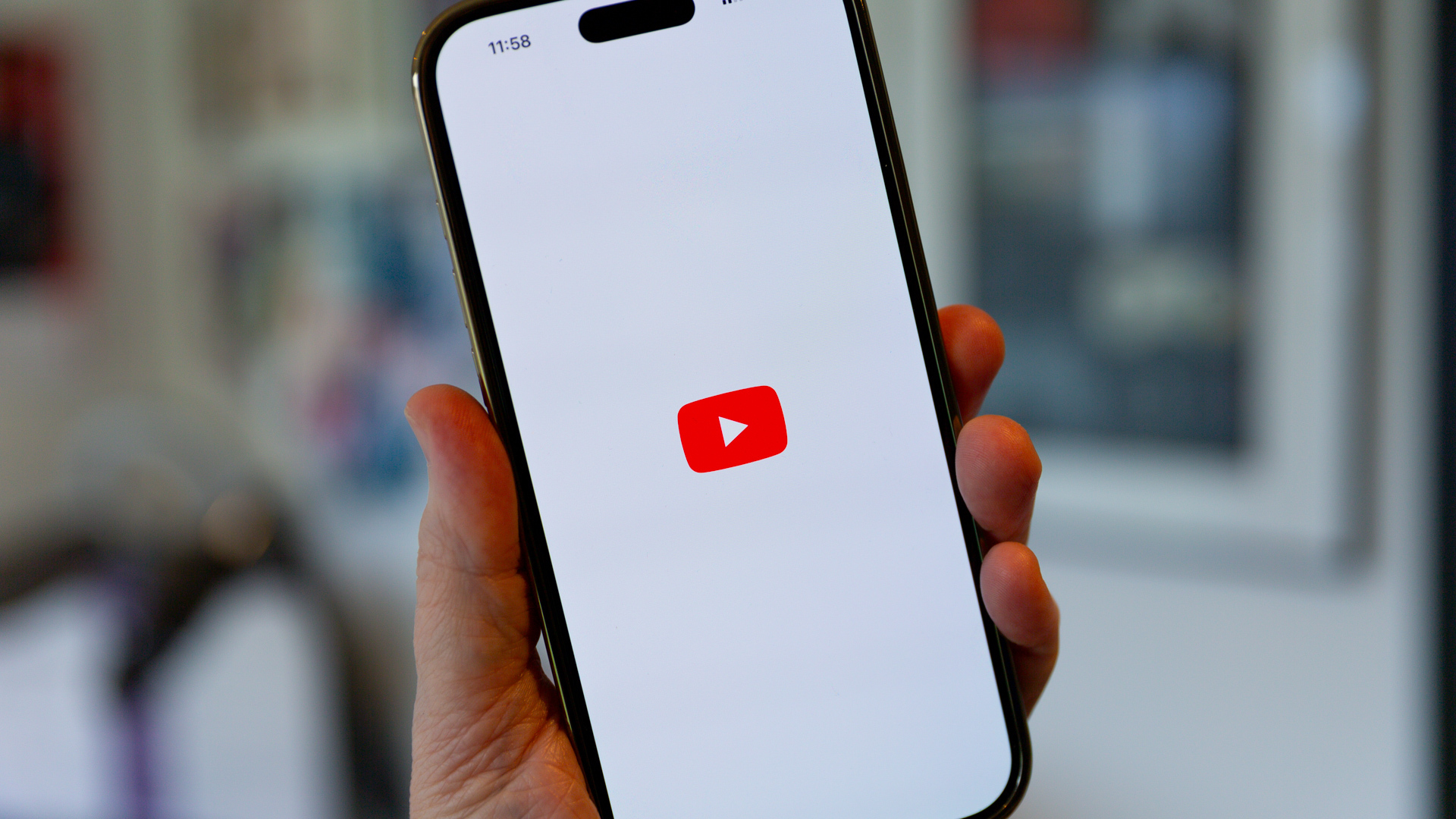 Future YouTube feature could put an end to your doomscrolling
Future YouTube feature could put an end to your doomscrollingAnd that's something we would love to see
By Britta O'Boyle Published